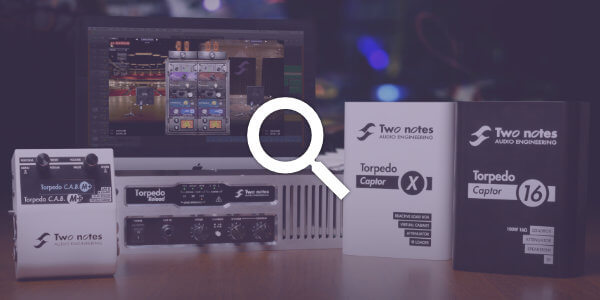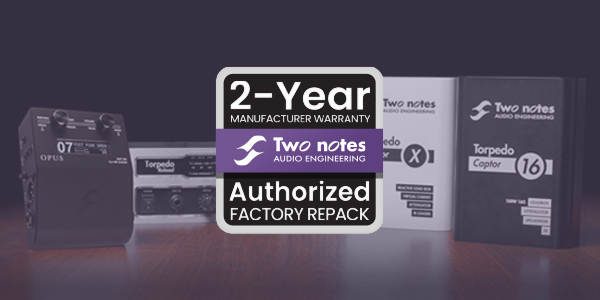We all like to have this larger-than-life sound when we play at home (think SRV-tones on our clean channel, and massive Black-Album walls of distortion with dirt). We tweak the bass knob to have as much as possible, kick the treble in so that every pick attack is enhanced. We rehearse all our licks, have the set ready, then head to play with the band.
“1,2,3,4” You start the riff, you are rocking, then bass and kick drum enter the fray, and you just can’t hear yourself… You raise your volume but then everyone finds you are way too loud. If you turn down you are not heard and not going through the brickwall built by the bass and the drums.
Can a guitar beat a drum kit?
This is the point when you realise that when you are playing with other musicians, you need a different tone completely to the one you have at home. You bedroom tone is great for when you are on your own, and no one is competing for space with you – but it does not work when you are up against a live band. Usually at home, because you are playing at low volume, we tend to emphasize on the bass, to have a nice bottom end filling the room. Basically, what we do is EQ our amp with a “loudness” setting. But this does not translate well at all at higher volumes. The thing is, a guitar cannot win against the bass and the kick drums in the lower frequencies, nor can it win against the cymbals at higher frequencies.
When playing in a band, each instruments need to fit in its place. Think of it as painting a large grey wall in front of you. From left to right you have the frequencies (bass to treble) and from the ground to the top of the wall it is the level of the sound.
On the left side you will have bass, and kick drum (for its oooomph part), on the right side you will have the cymbals (and all those “sssss” sounds from your singer). And in the middle you will have the vocals. Now guitars and keys have to spread themselves around the vocals, but without reaching too far out on the bass side nor on the treble side of things. When dealing with your live sound keep in mind, that you have to cut through all the energy delivered by the bass and the drums, so mids are your best friend to work on. It does not mean you cannot have this 80s heavy metal sound with a scooped mid sound, but it needs to be balanced in terms of bass and treble.
Get your gain right
Gain is also usually a problem. At home, we tend to have higher gain settings than what is needed when playing live. At higher volume, too much gain leads to less precision, higher amount of finger noise on the strings, and bigger feedback problems. Thanks to the volume, the sense of having a massive tone helps in turning the gain a bit when playing live. You will find that at stage volume, you will ned about half the gain you like to use at home, because volume is everything, and a cooking amp will give you all the power you had to increase the gain for at lower volumes.
Remember, it is not a competition. You need to find your place in the mix, shelf off below 120, emphasize those mids… make yourself cut through that mix and be part of the band!





 Terms and Conditions apply
Terms and Conditions apply